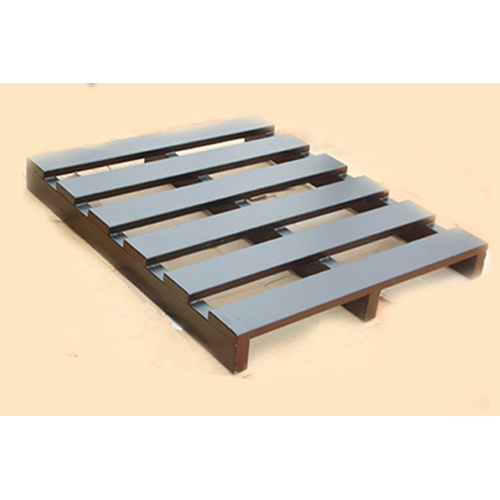Schedule a Call Back
Trade war, rising protectionism to hurt Indian MSMEs
 Industry News
Industry News- Jun 01,18
|
Highlights of FICCI's latest Economic Outlook Survey:
|
Related Stories

Optimising inventory management to reduce inventory losses this holiday season
Optimising inventory management is imperative for preserving profitability and fostering stakeholder trust. Emily Newton explains in detail how to go about it.
Read more
Pai Machines buys manufacturing asset of L&T Construction Equipment’s unit
Pai Machines acquired the plant with a capacity to produce more than 1,800 units, featuring machines ranging in cost from 25 lakhs to 75 lakhs, and providing employment to over 300 people.
Read more
How MSMEs will play a key role in the development of Indian manufacturing sector
Setting up a business in India is futuristic, makes a lot of sense, and, for foreign companies, connecting with the Indian MSME and helping it grow is a sure way to success, says R Jayaraman.
Read moreRelated Products

Perforated Sheets
Raj Filters & Wiremesh Pvt Ltd offers a wide range of perforated sheets.

Fibro Die Mounted Cam Unit
Fibro India Precision Products Pvt Ltd offers a wide range of fibro die /mounted cam unit. Read more

Metal Pallets
Metal Impacts manufacturers a high quality steel pallets that are available in different sizes, forms and construction designs to meets the needs and requirements of our huge client base. These ste Read more












